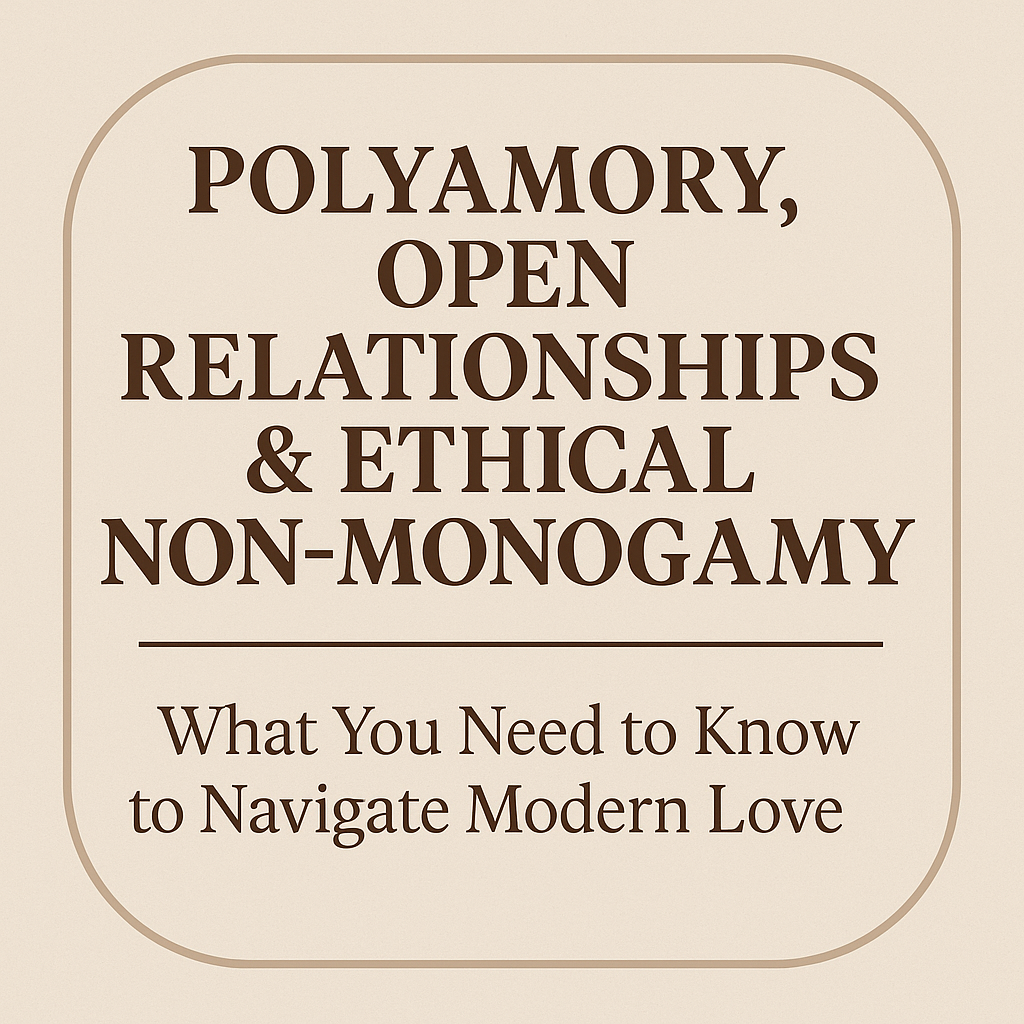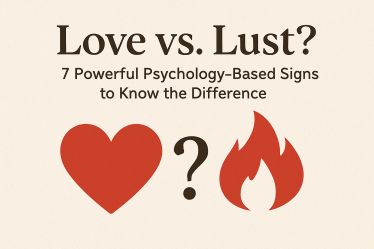
Introduction
Non-monogamous relationships are becoming more visible, but confusion and misconceptions still cloud the conversation. Whether you’re curious, exploring, or seeking to understand someone else’s choices, this guide breaks down the essential facts about polyamory, open relationships, and ethical non-monogamy (ENM). We’ll cover what they are, how they differ, the common challenges, and how to approach these dynamics responsibly.
1. What Is Ethical Non-Monogamy?
Ethical non-monogamy (ENM), also known as consensual non-monogamy, refers to romantic or sexual relationships involving multiple people, where all parties are aware of and consent to the arrangement. This contrasts with infidelity, which involves secrecy and betrayal.
Forms of ENM include:
- Polyamory: Engaging in multiple loving relationships simultaneously.
- Open Relationships: A committed couple allows for sexual relationships outside their primary partnership.
- Swinging: Couples engage in sexual activities with others, often in social or party settings.
- Relationship Anarchy: Rejecting traditional relationship hierarchies in favor of fluid, individualized connections.
2. Polyamory vs. Open Relationships: What’s the Difference?
While both fall under the umbrella of ENM, polyamory and open relationships have distinct characteristics:
- Polyamory focuses on multiple romantic and emotional relationships. Individuals may have several partners, each with its own depth and significance.
- Open Relationships typically involve a primary romantic relationship, with the freedom to pursue sexual encounters outside of it. Emotional connections are usually secondary or discouraged.
It’s possible to have a relationship that’s both polyamorous and open, but the key distinction lies in the emphasis on emotional bonds in polyamory versus sexual openness in open relationships.
3. Core Values Behind Non-Monogamous Relationships
Successful ENM relationships often share foundational values:
- Communication: Open, honest, and ongoing dialogue.
- Consent: All parties must agree to the relationship structure and its boundaries.
- Trust: A belief in each other’s integrity and commitment.
- Compersion: Feeling joy when a partner experiences happiness with another person.
These values help navigate the complexities of multiple relationships and ensure that everyone’s needs and boundaries are respected.
4. Common Myths and Misconceptions
ENM is often misunderstood. Let’s debunk some common myths:
- Myth: It’s just about sex.
Reality: Many ENM relationships prioritize emotional connections and long-term commitment. - Myth: People in ENM don’t get jealous.
Reality: Jealousy can occur, but it’s addressed through communication and self-awareness. - Myth: ENM is a phase or a way to avoid commitment.
Reality: Many individuals in ENM relationships seek deep, meaningful connections and long-term partnerships.
Understanding these realities helps foster respect for diverse relationship structures.
5. Challenges & How to Navigate Them
ENM relationships come with unique challenges:
- Time Management: Balancing multiple relationships requires careful scheduling and prioritization.
- Emotional Labor: Supporting multiple partners emotionally can be demanding.
- Jealousy: Insecurity may arise and needs to be handled constructively.
Strategies to address these challenges:
- Regular Check-Ins: Schedule time to discuss feelings and concerns with each partner.
- Clear Boundaries: Establish and respect personal and relational limits.
- Self-Care: Prioritize your own mental and emotional well-being.
- Community Support: Engage with others practicing ENM for support and perspective.
6. Setting Rules, Boundaries, and Agreements
Establishing clear agreements is vital in ENM:
- Rules: Specific guidelines that all parties agree to follow.
- Boundaries: Personal limits each person sets for themselves.
- Agreements: Shared understandings about how the relationship functions.
Considerations when setting agreements:
- Flexibility: Be open to revisiting and updating agreements as relationships evolve.
- Clarity: Make sure everyone shares the same understanding of the terms.
- Respect: Honor each person’s needs and autonomy.
Effective agreements create a solid foundation for trust and cooperation.
7. Coming Out as Non-Monogamous
Disclosing an ENM lifestyle can be sensitive:
- Assess Readiness: Consider your comfort level and the potential impact on relationships and work.
- Choose the Right Time: Select an appropriate setting and moment for disclosure.
- Educate: Be prepared to explain your relationship structure and handle questions.
- Seek Support: Connect with others in the ENM community for advice and encouragement.
Coming out is a personal decision, and it’s important to prioritize your safety and peace of mind.
8. Resources for Further Learning
For those interested in exploring ENM further, here are some foundational resources:
Books:
- The Ethical Slut by Dossie Easton and Janet Hardy
- More Than Two by Franklin Veaux and Eve Rickert
- Polysecure by Jessica Fern
Podcasts:
- Multiamory
- Normalizing Non-Monogamy
Communities:
- Local ENM and polyamory meetups
- Online forums and discussion groups
These resources offer insights, personal stories, and practical advice for navigating non-monogamy with integrity and care.
Conclusion
Ethical non-monogamy encompasses a wide range of relationship styles built on consent, communication, and mutual respect. Whether you’re living it, exploring it, or simply curious, understanding these structures helps demystify modern love—and opens the door to more honest and intentional connections.



